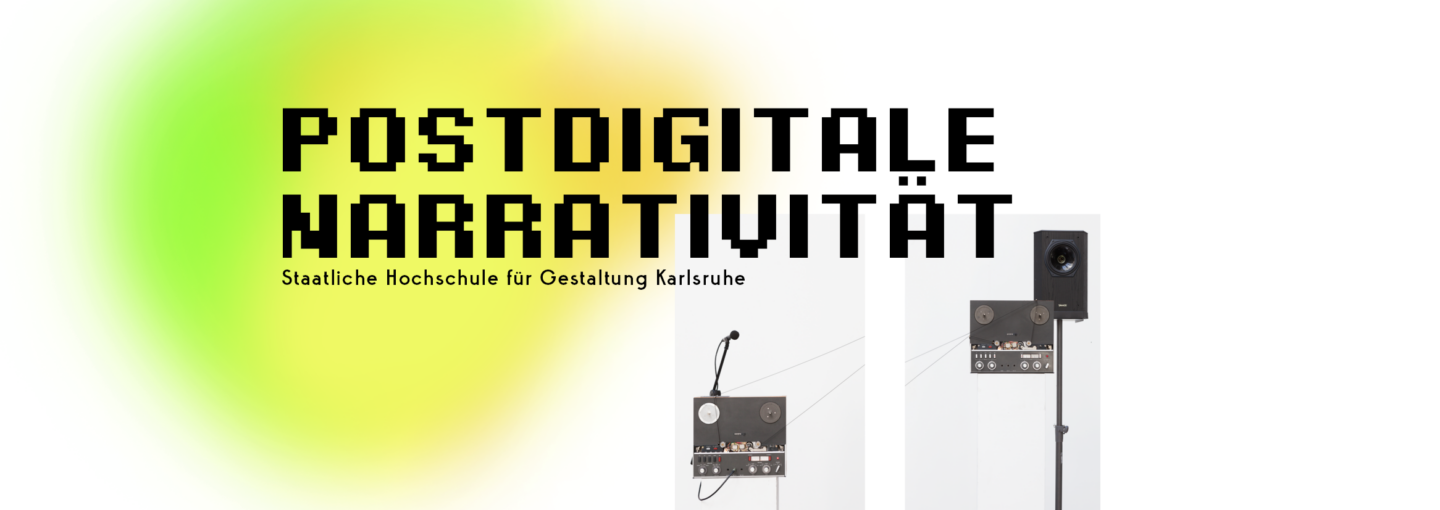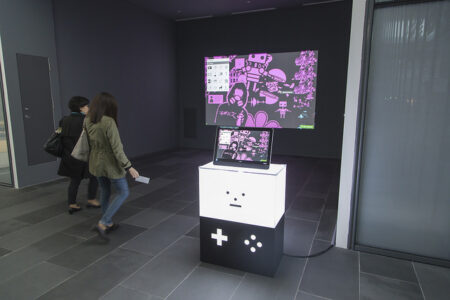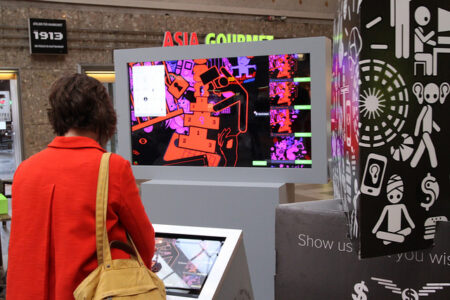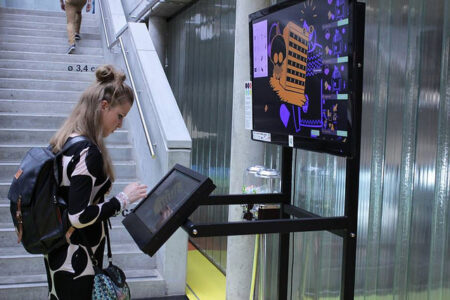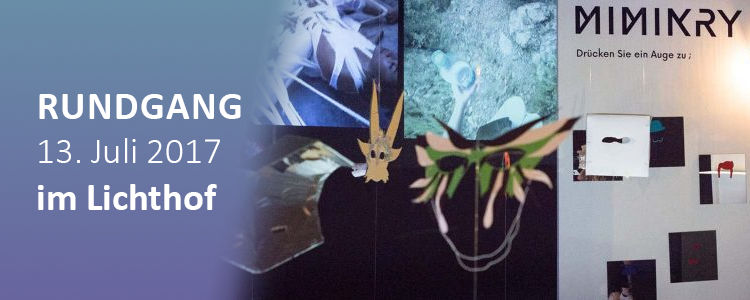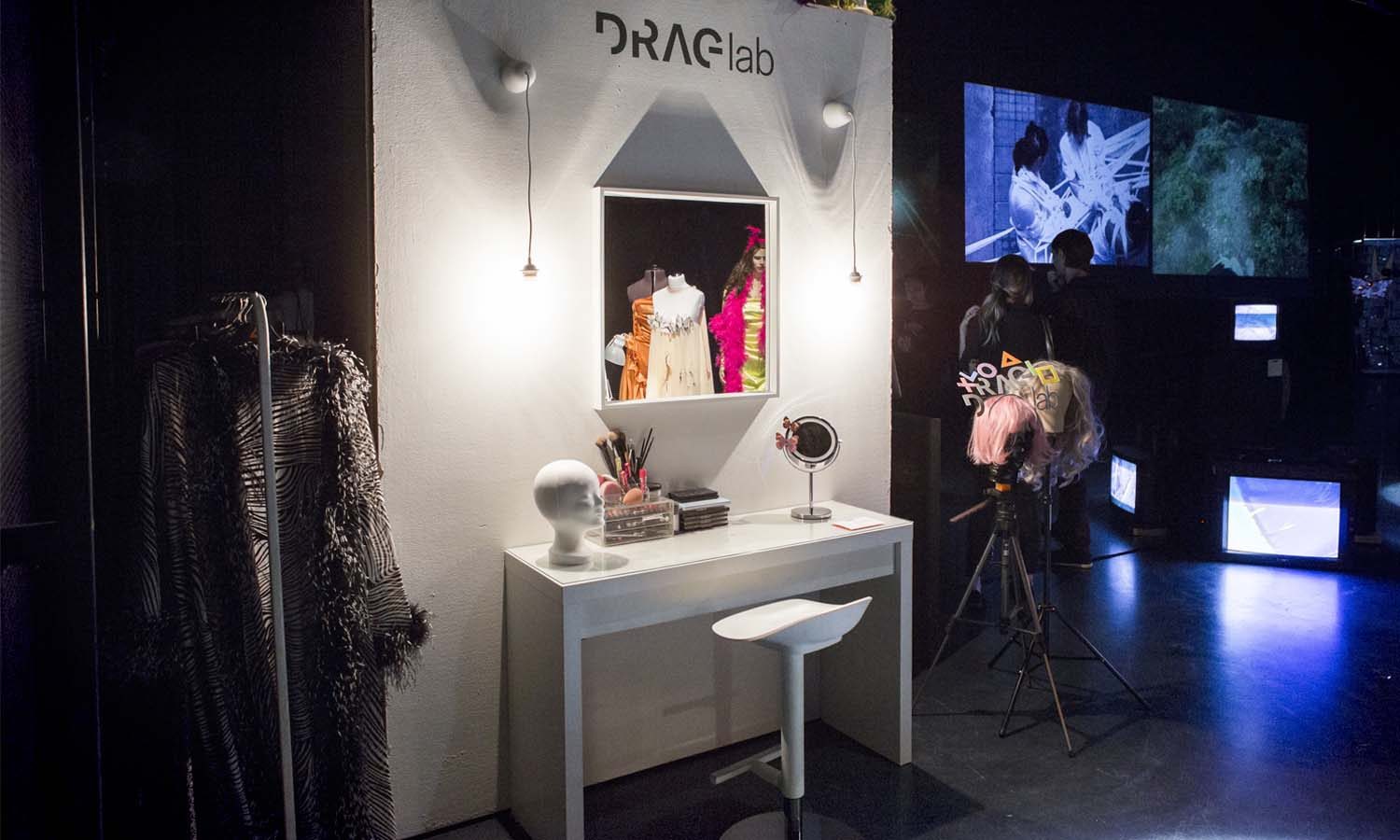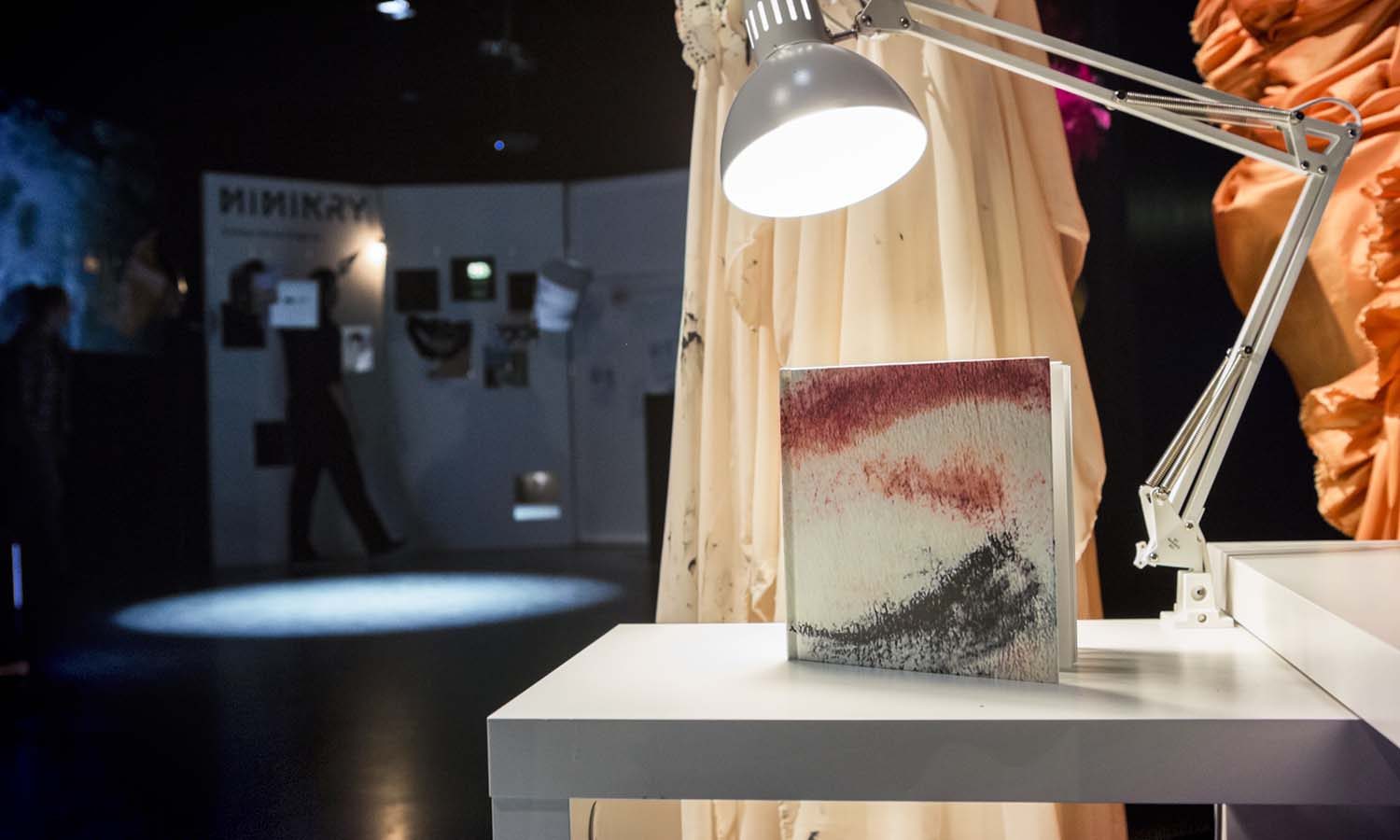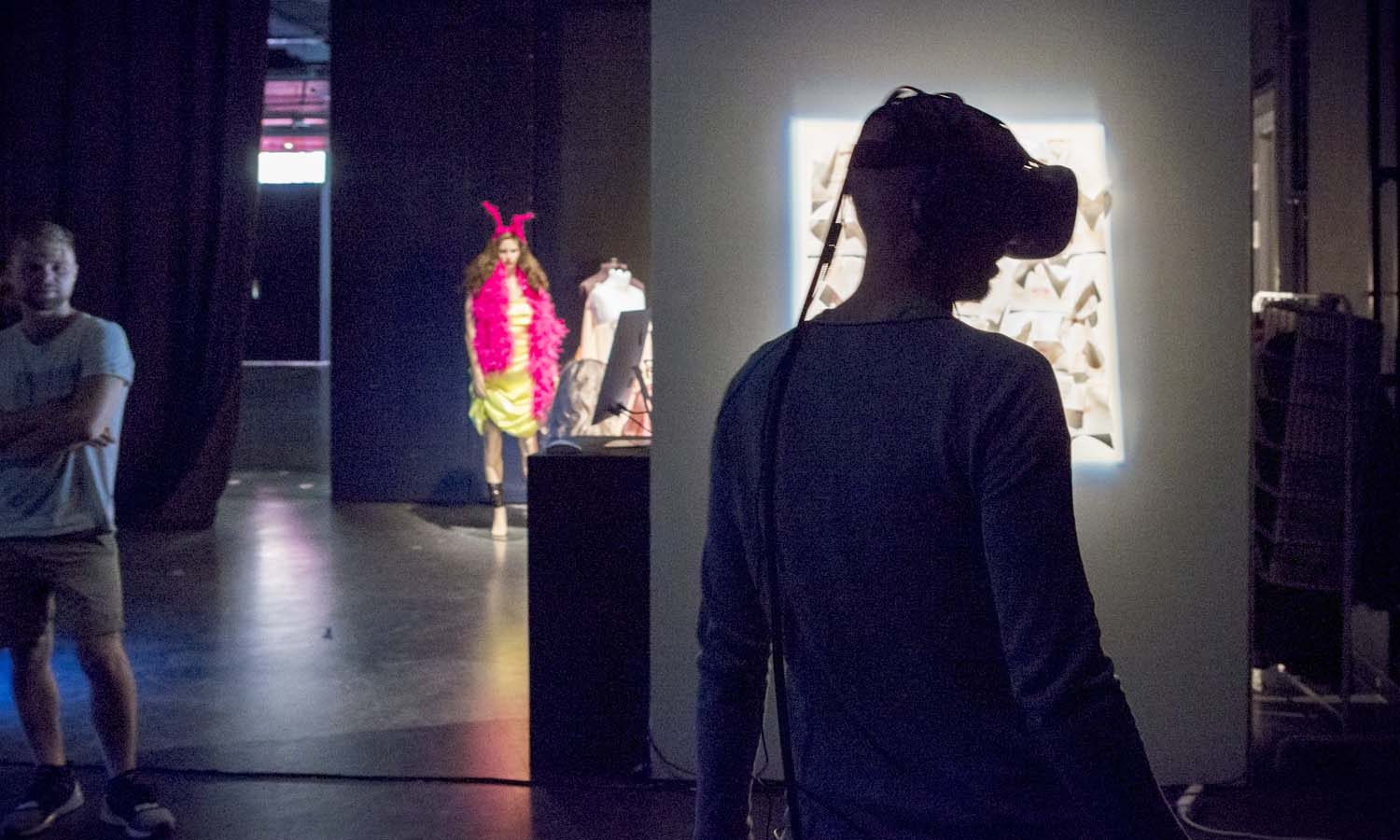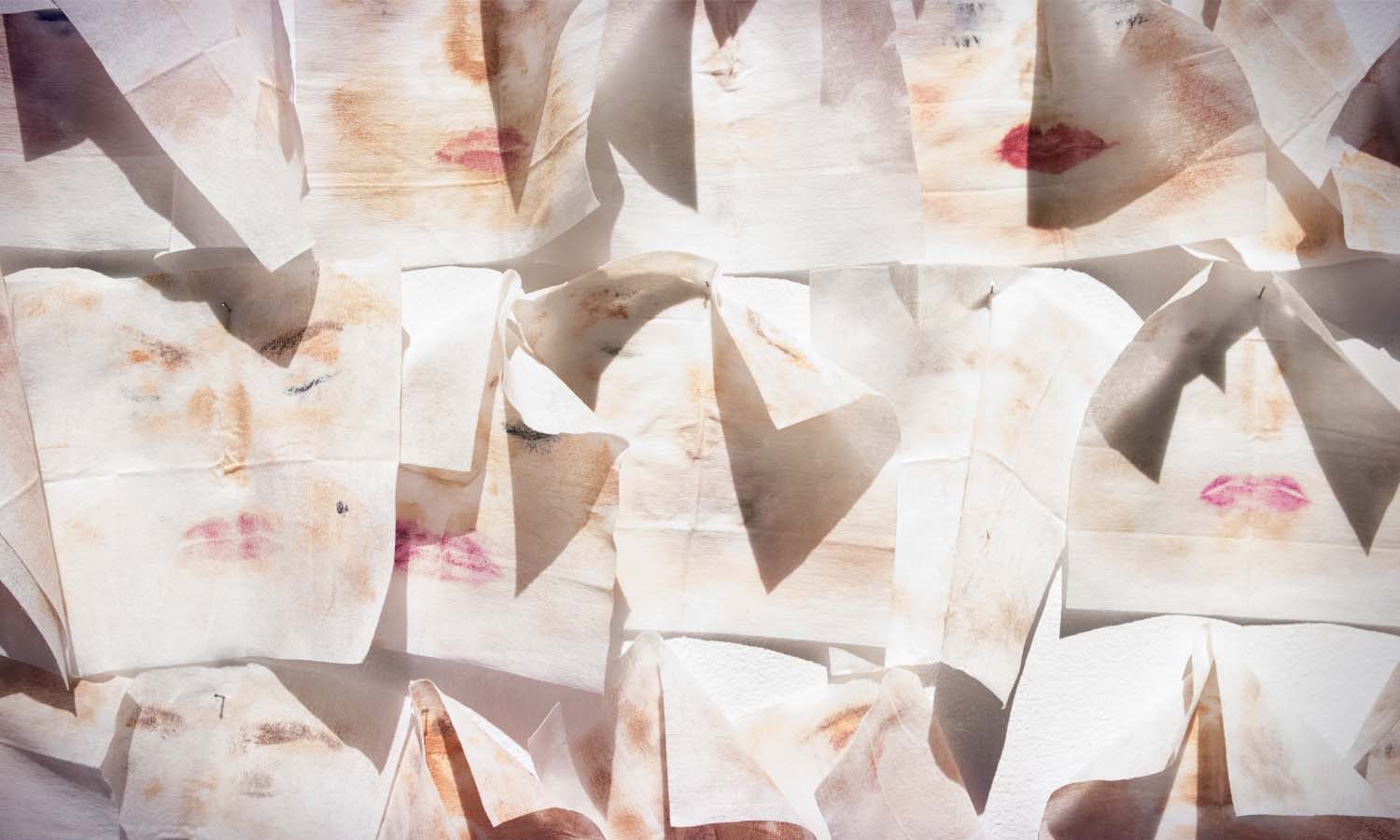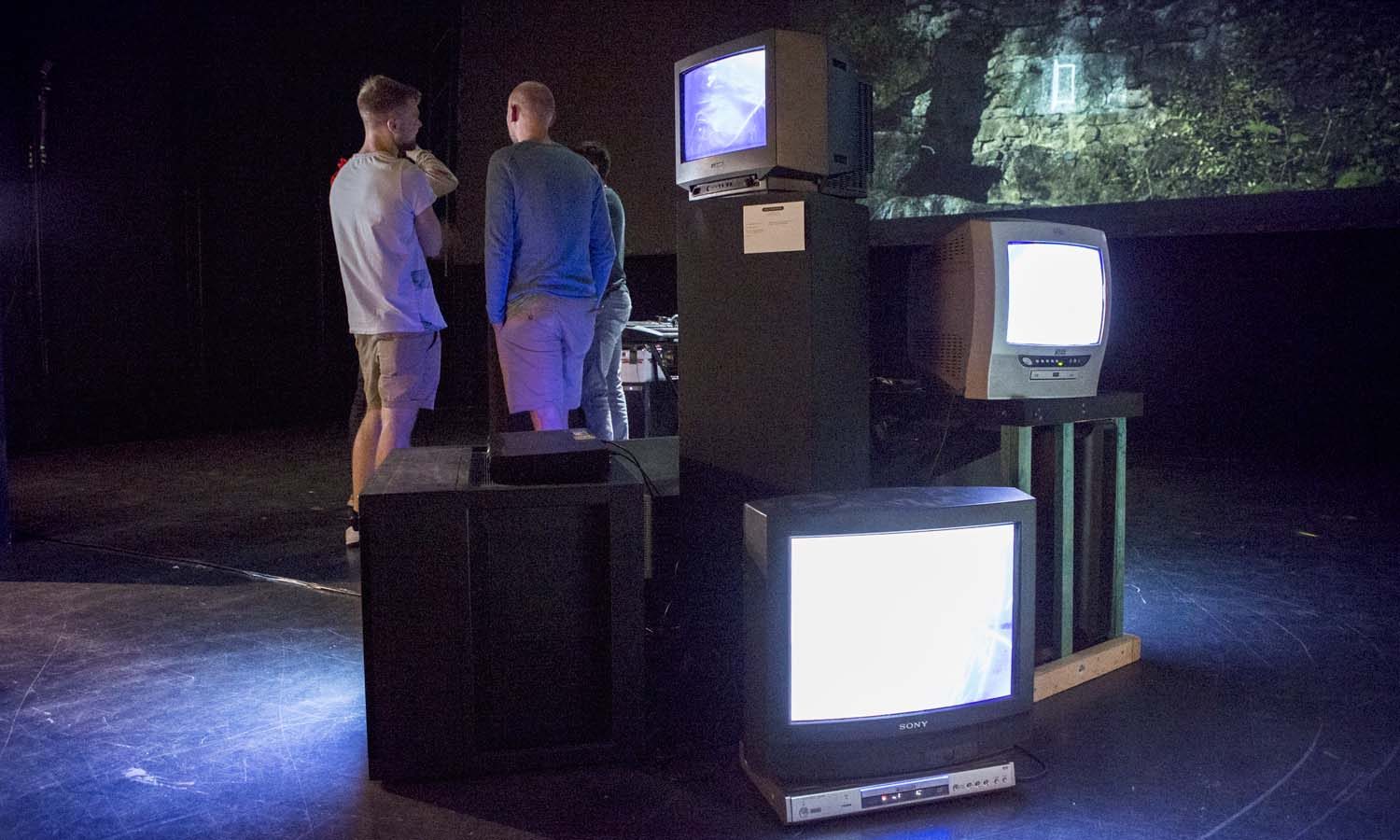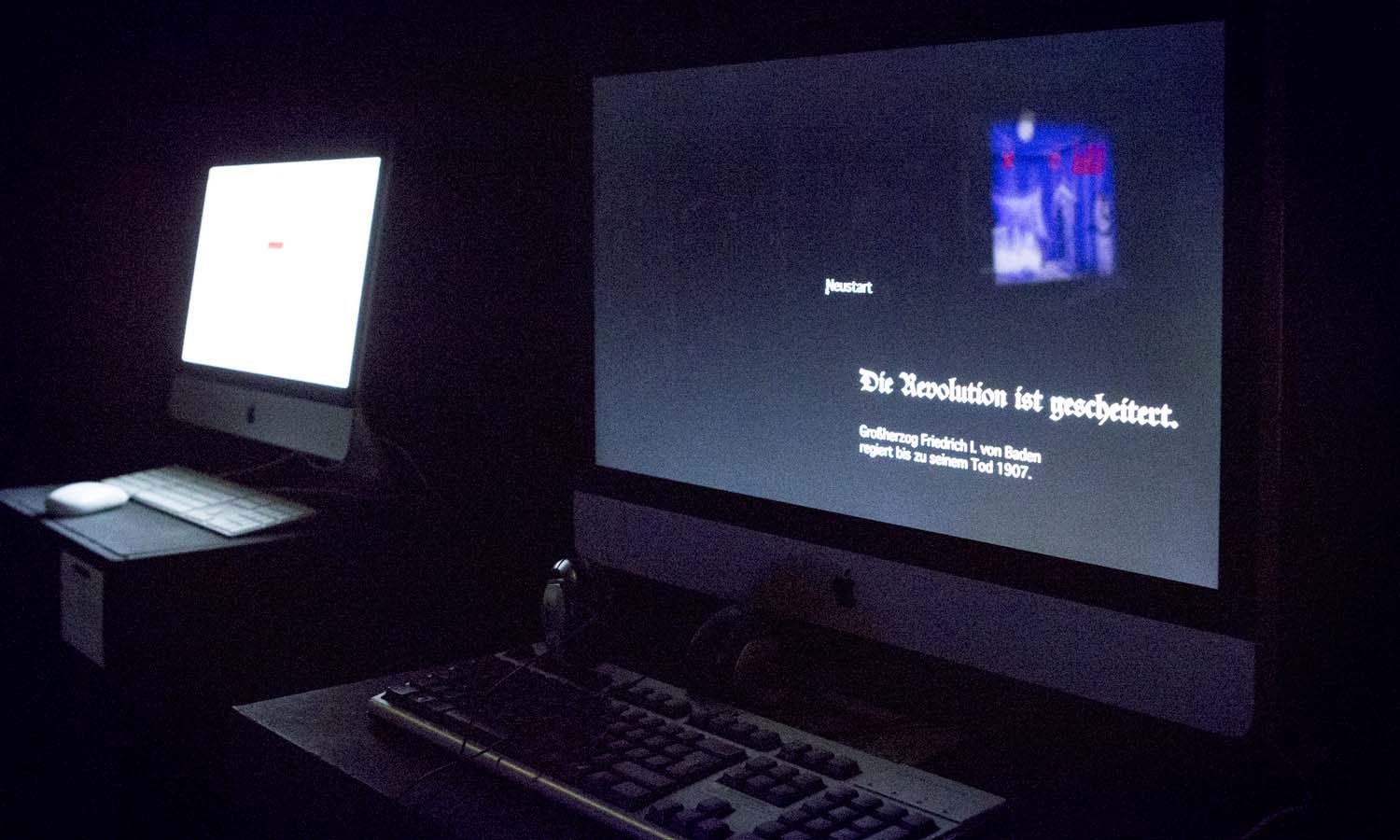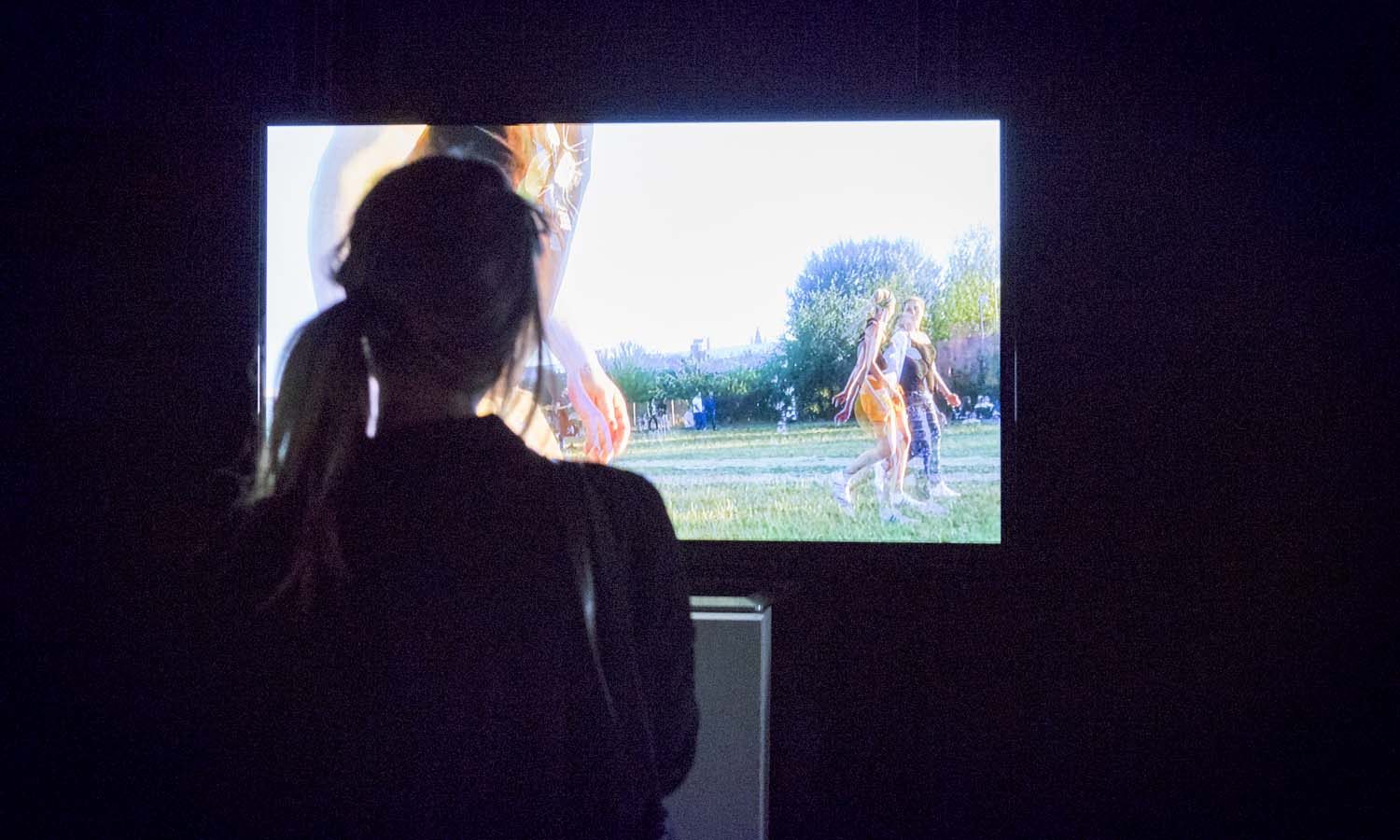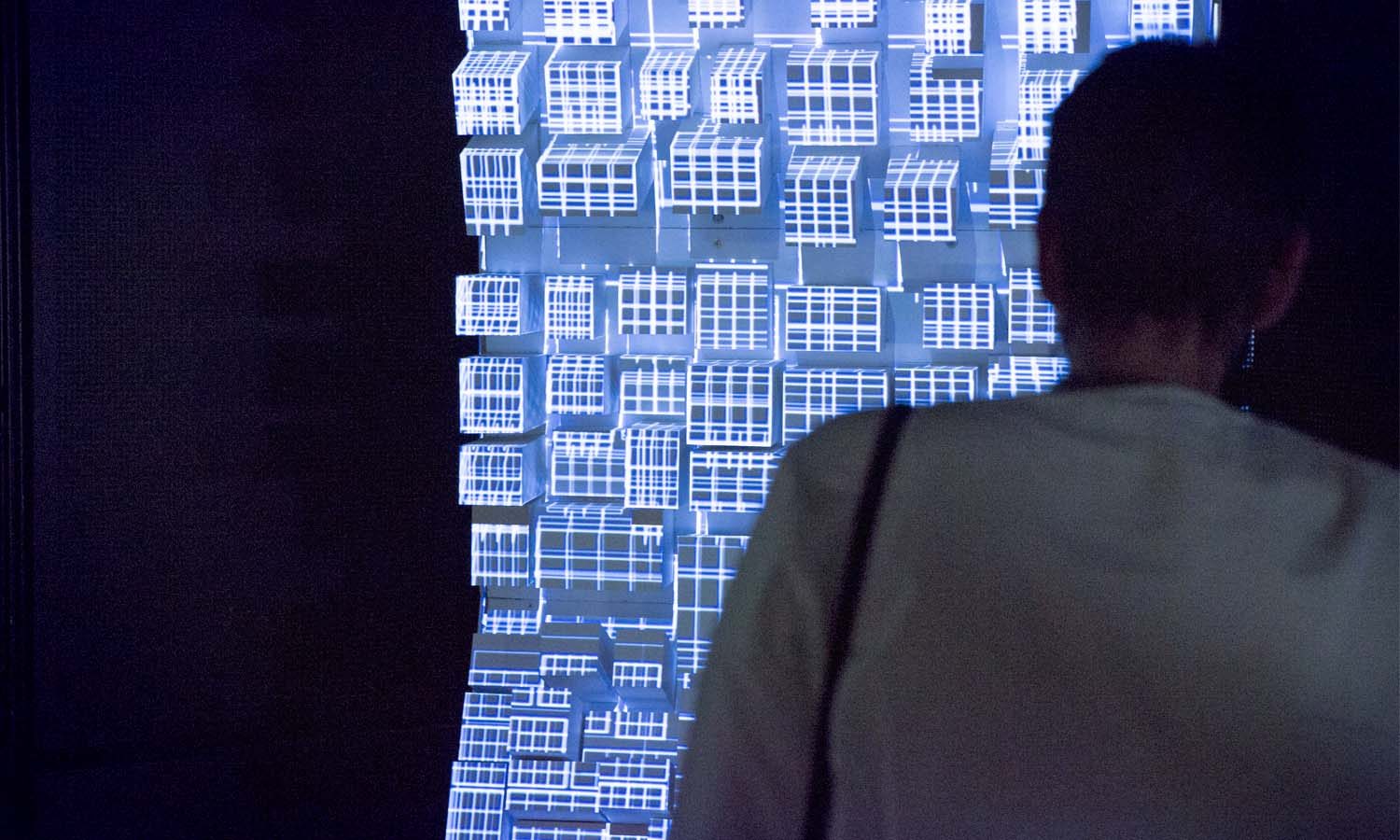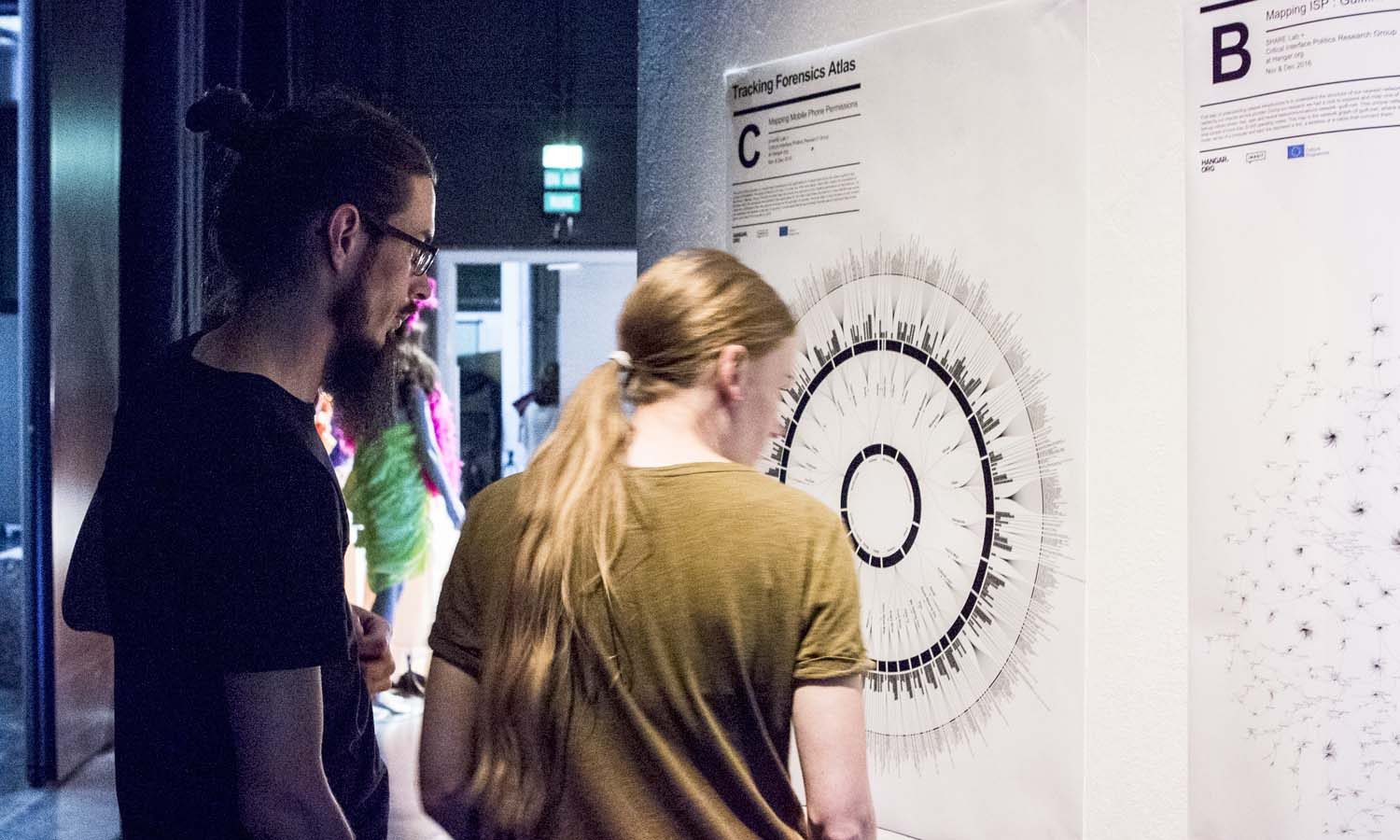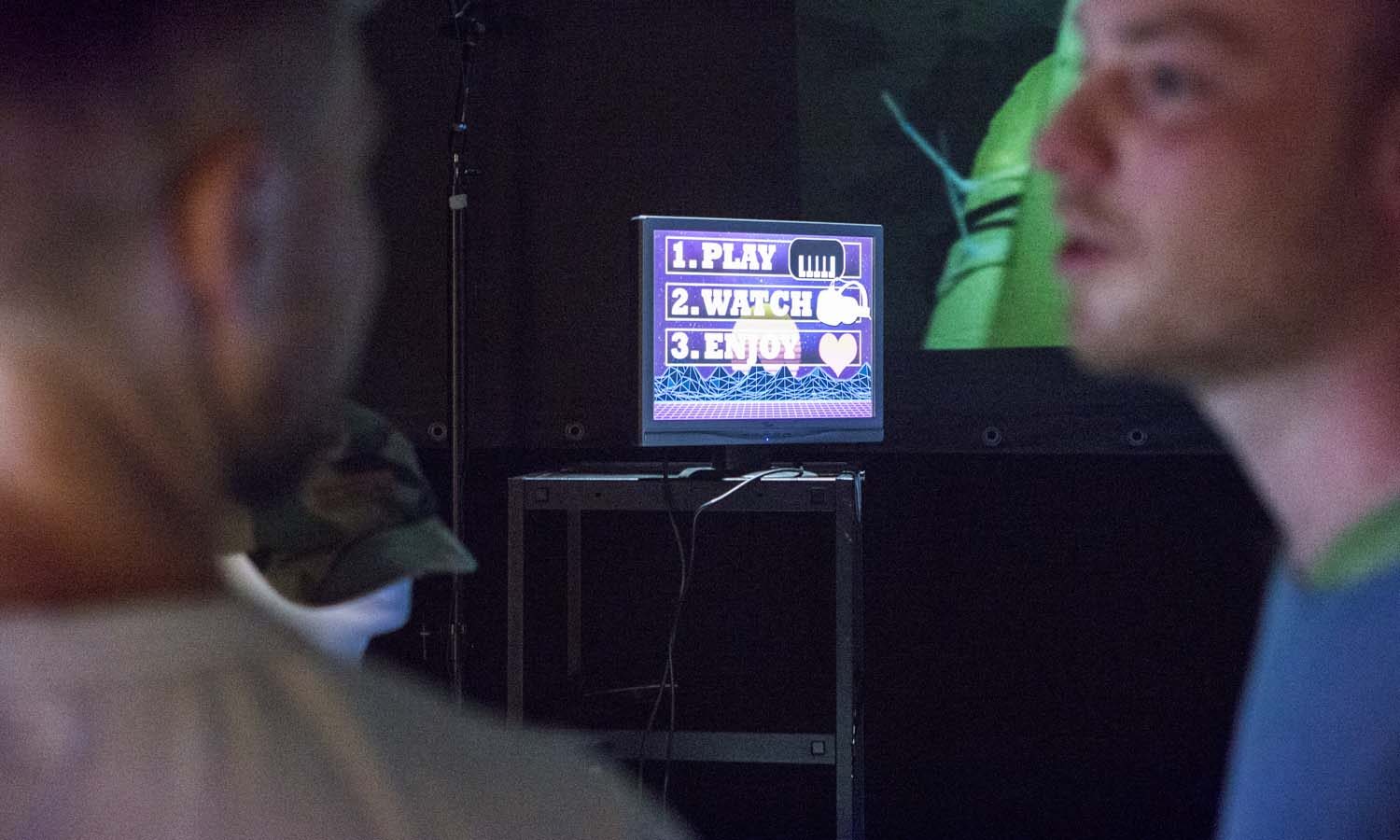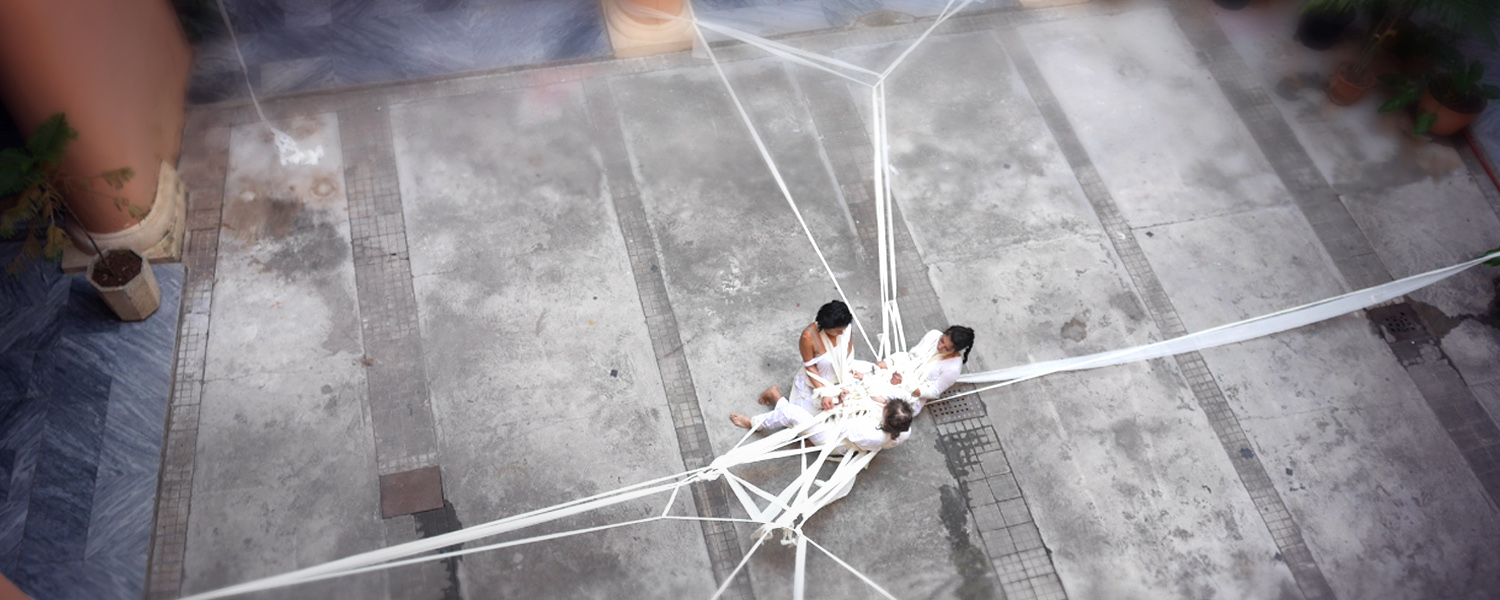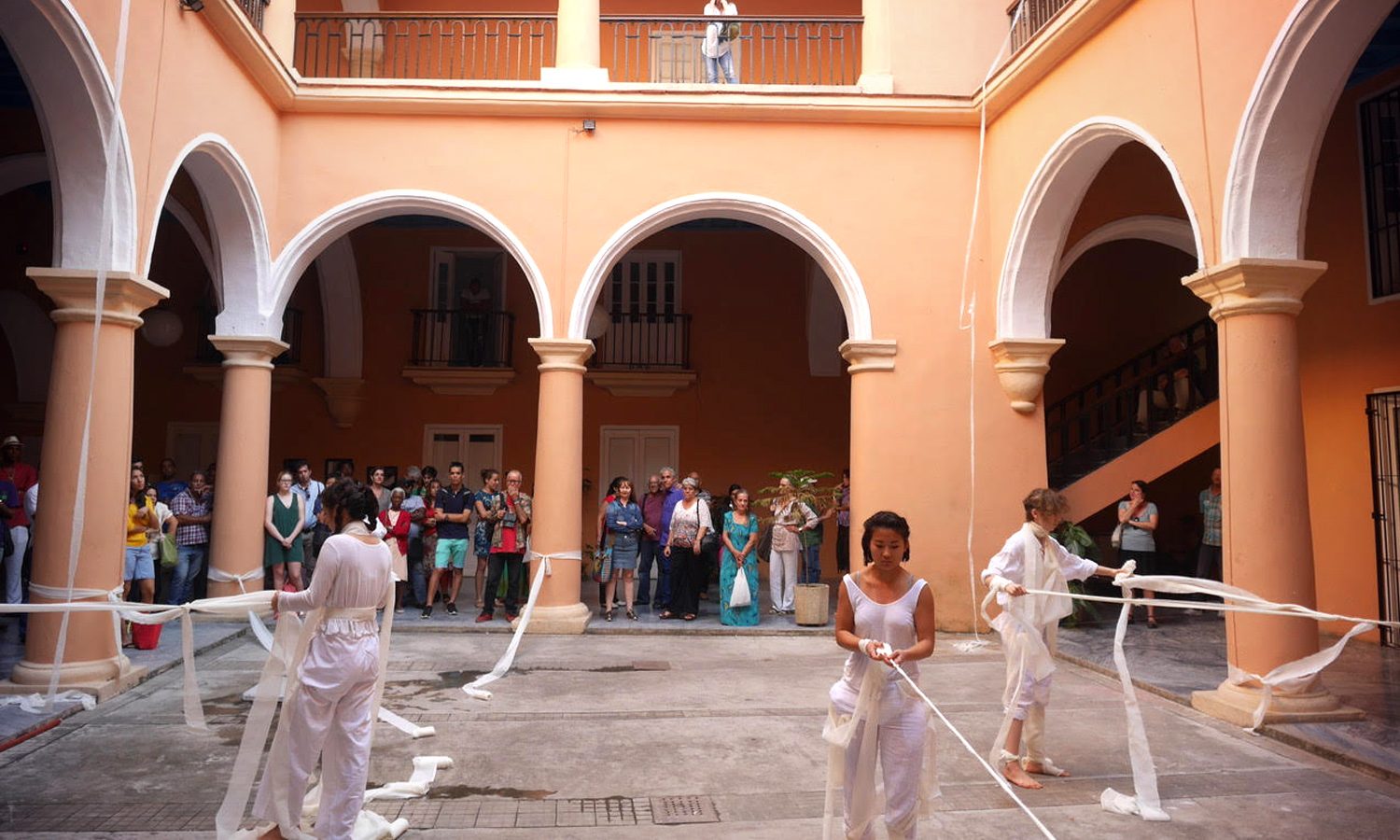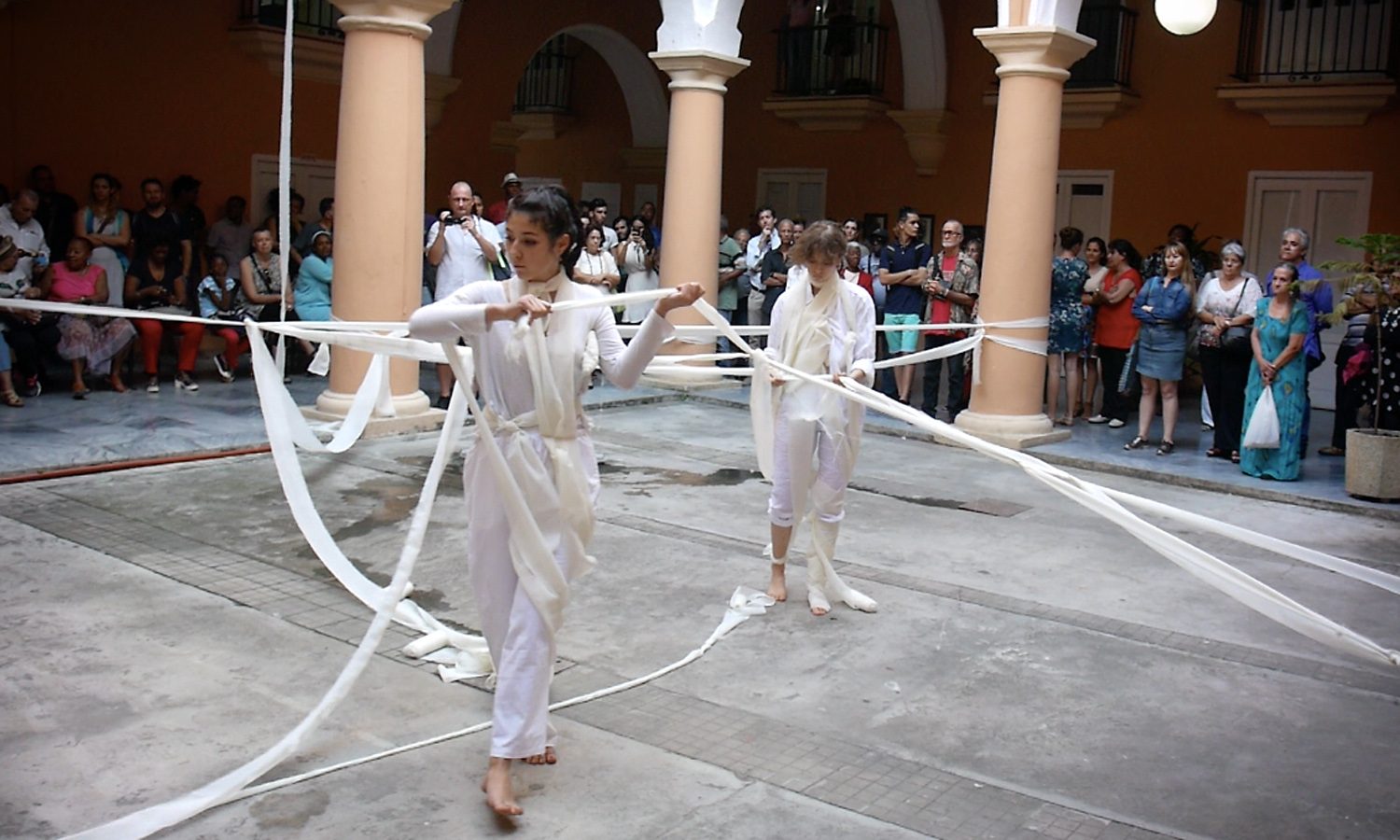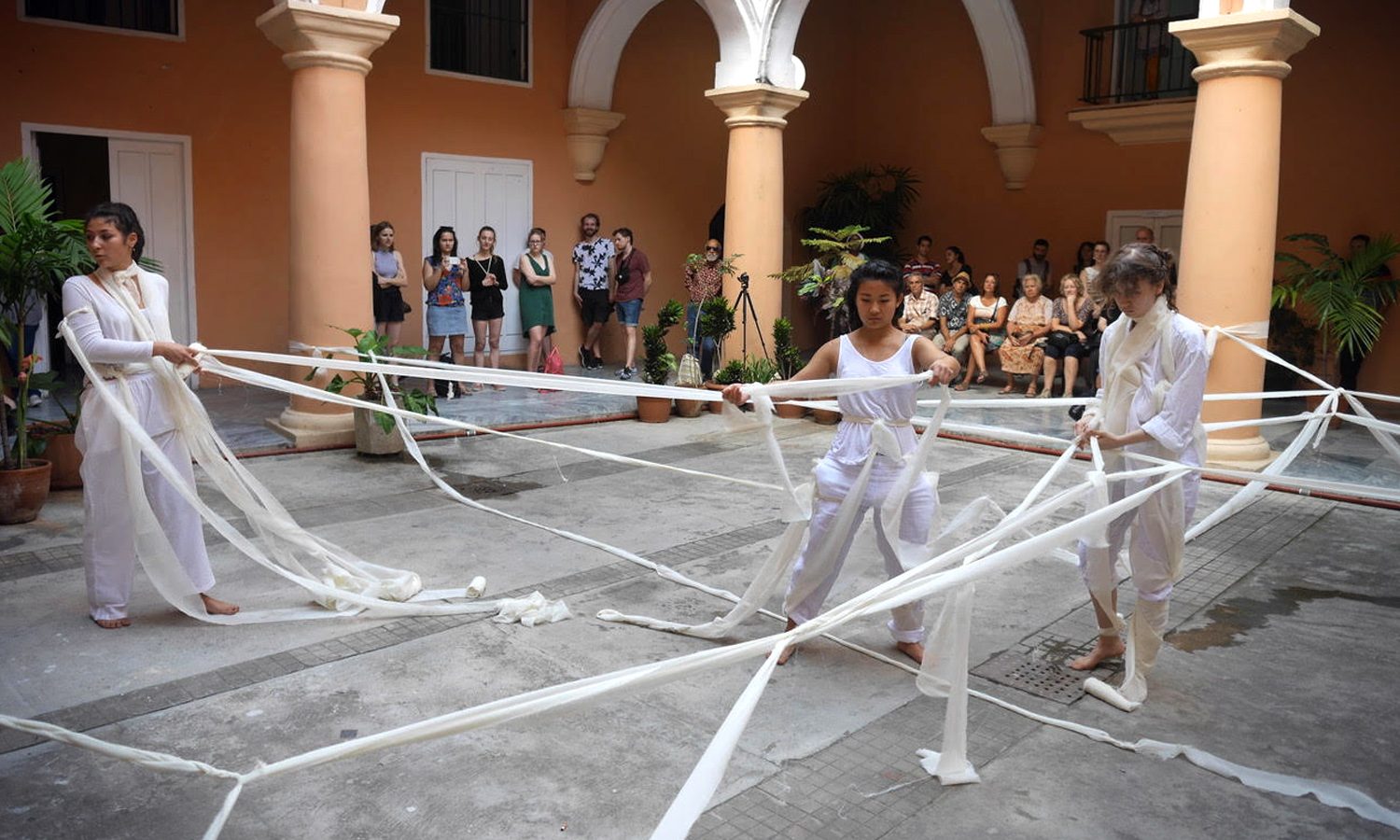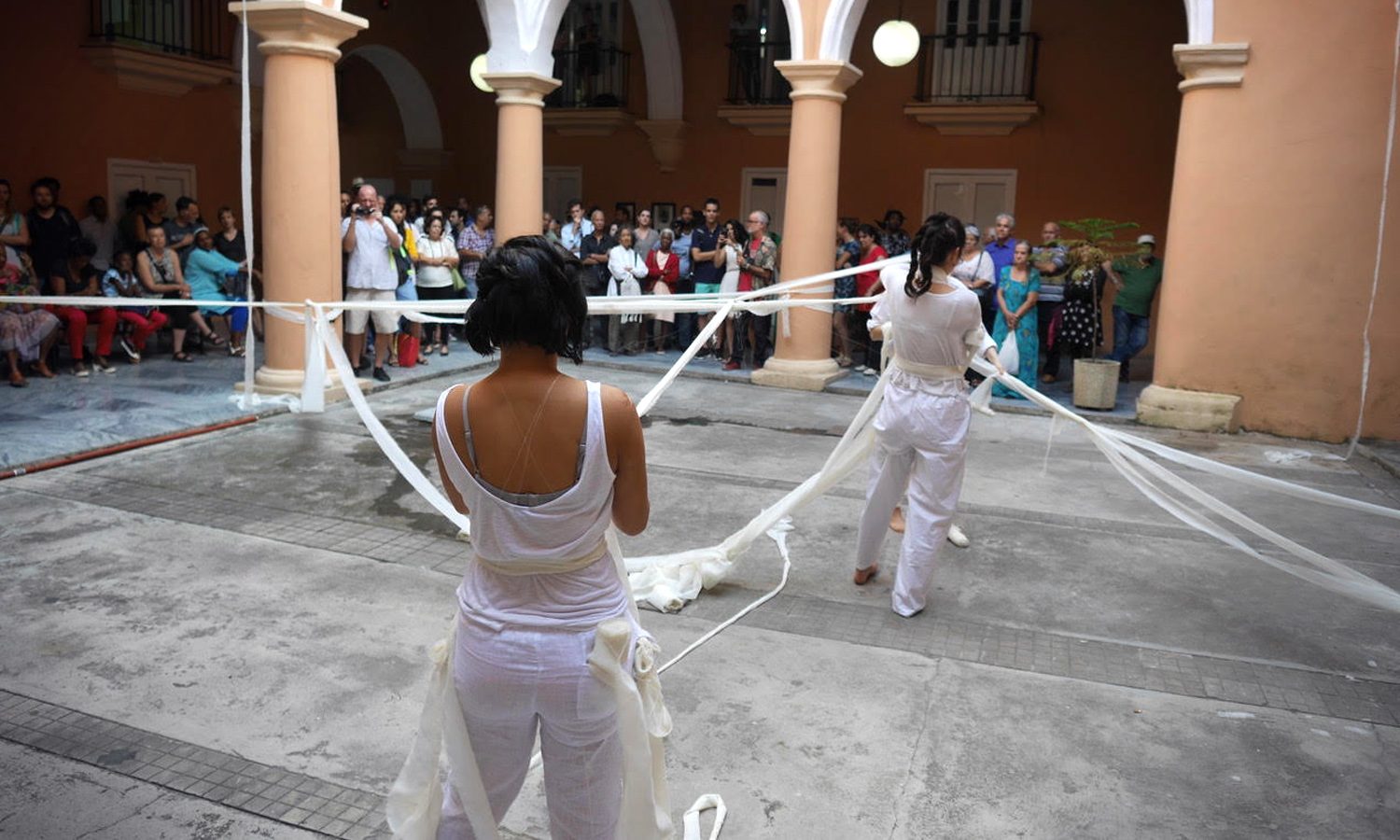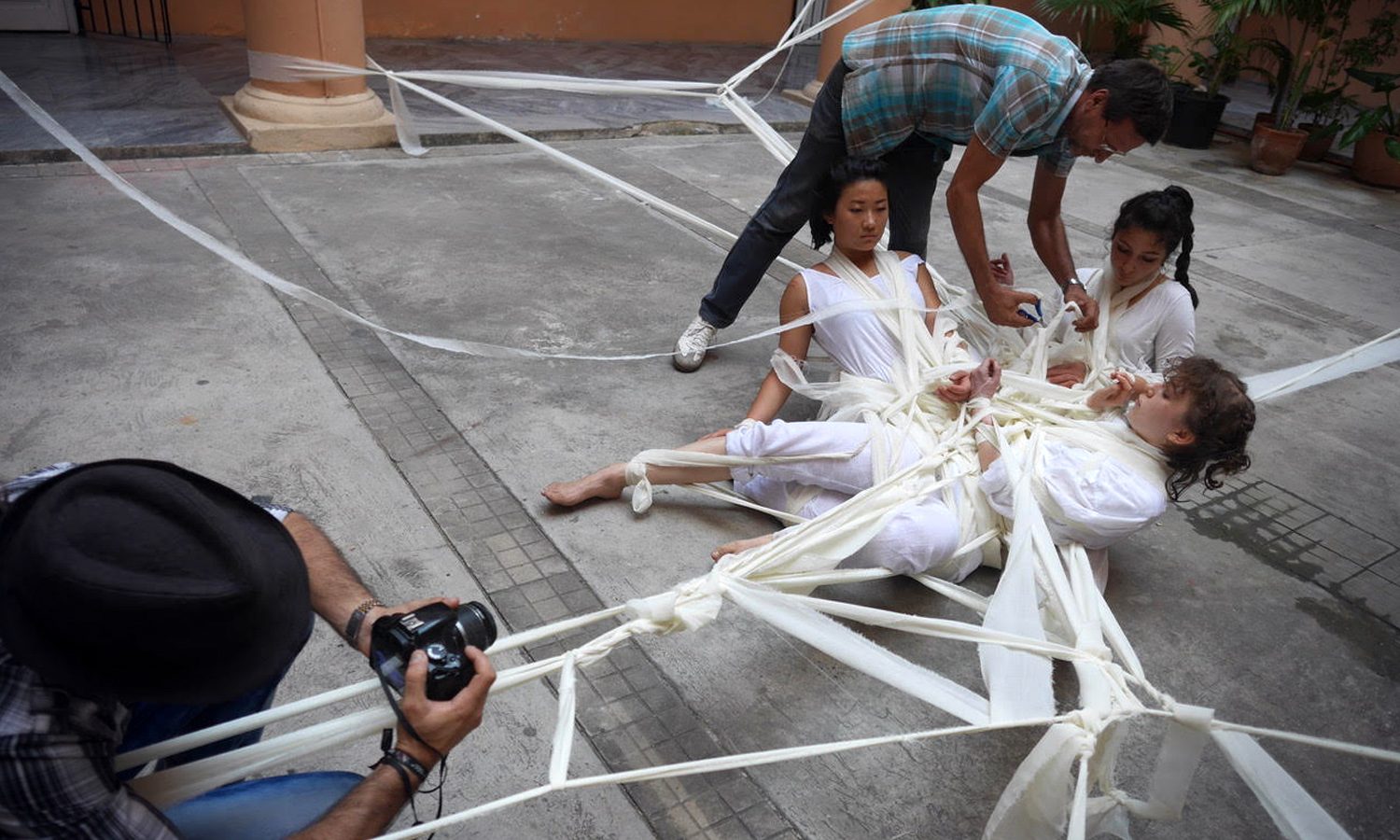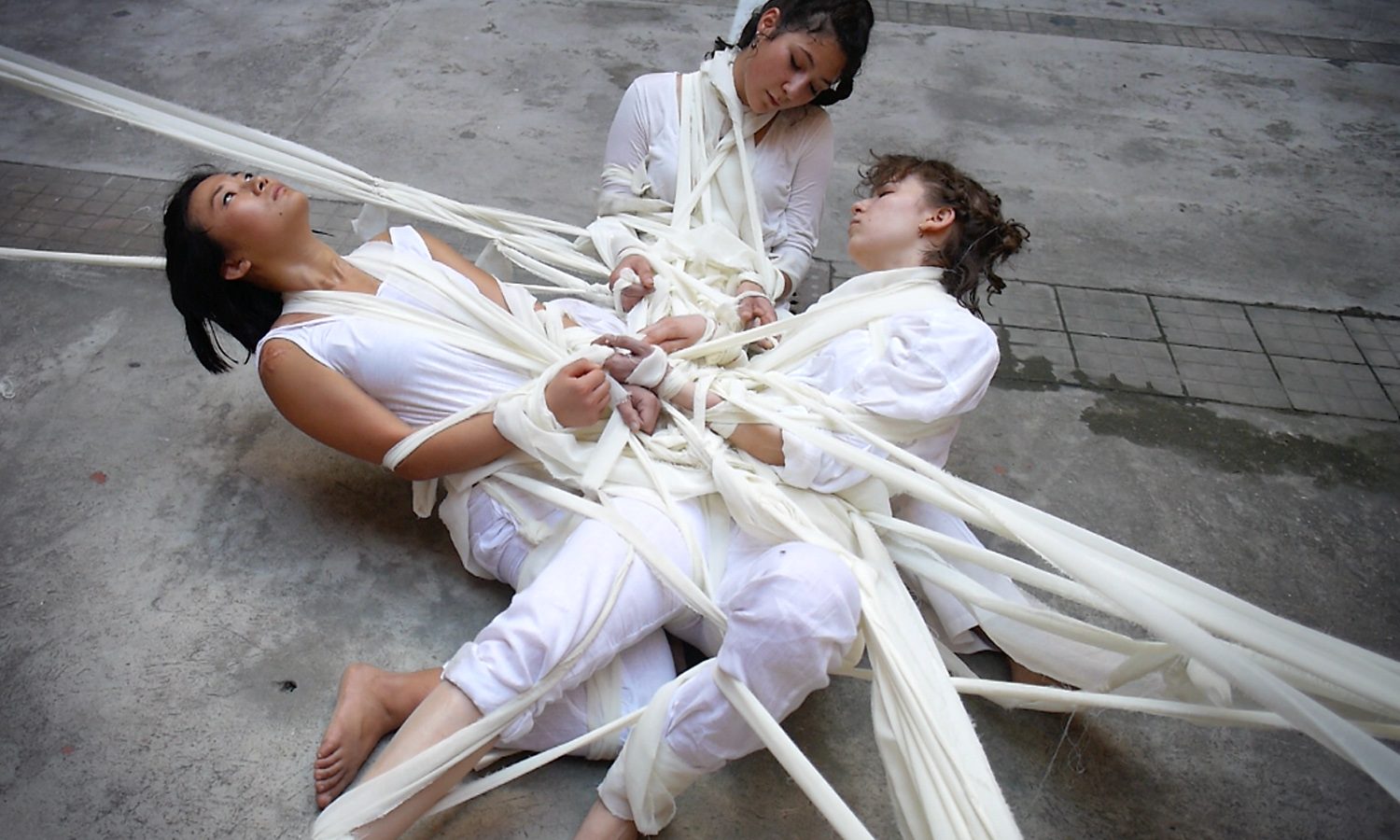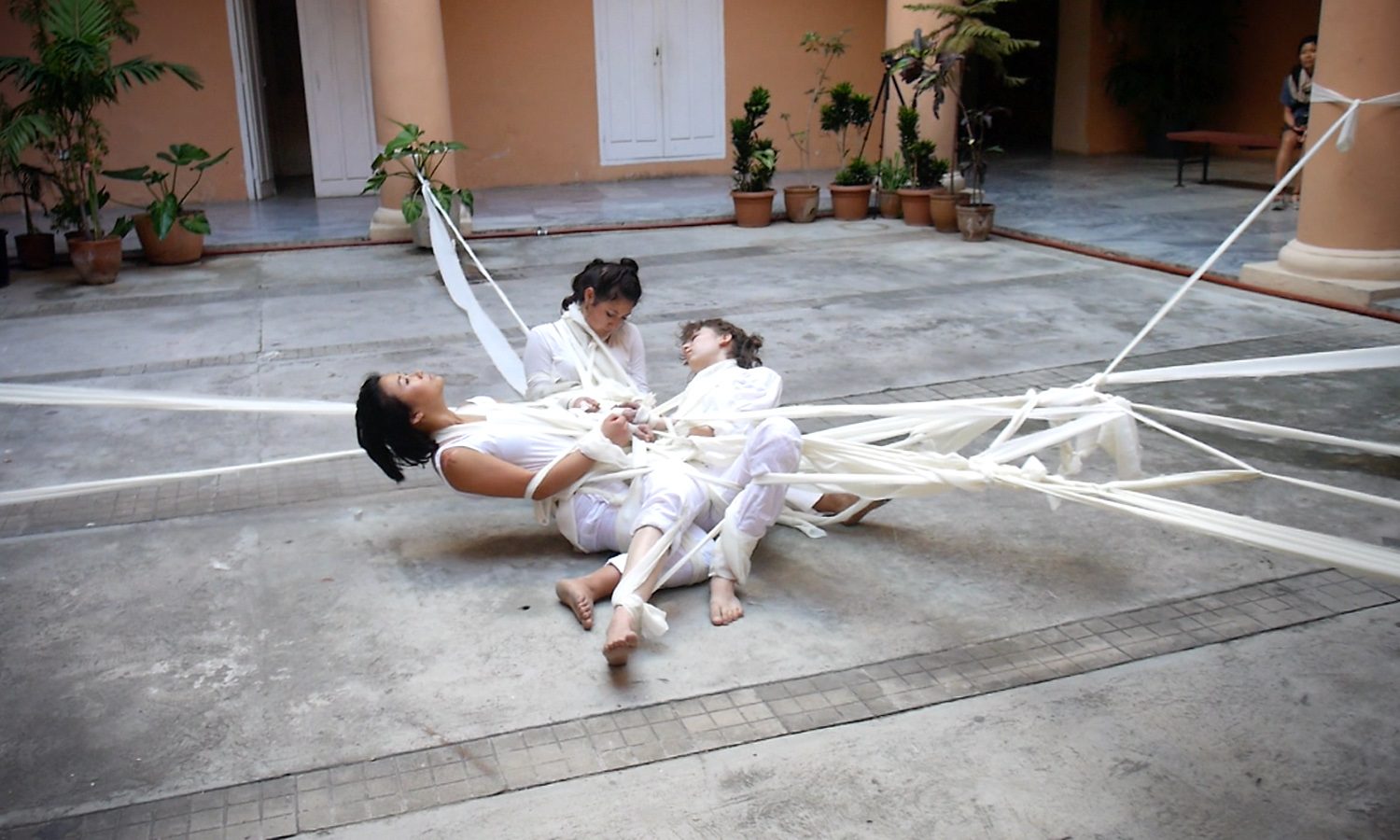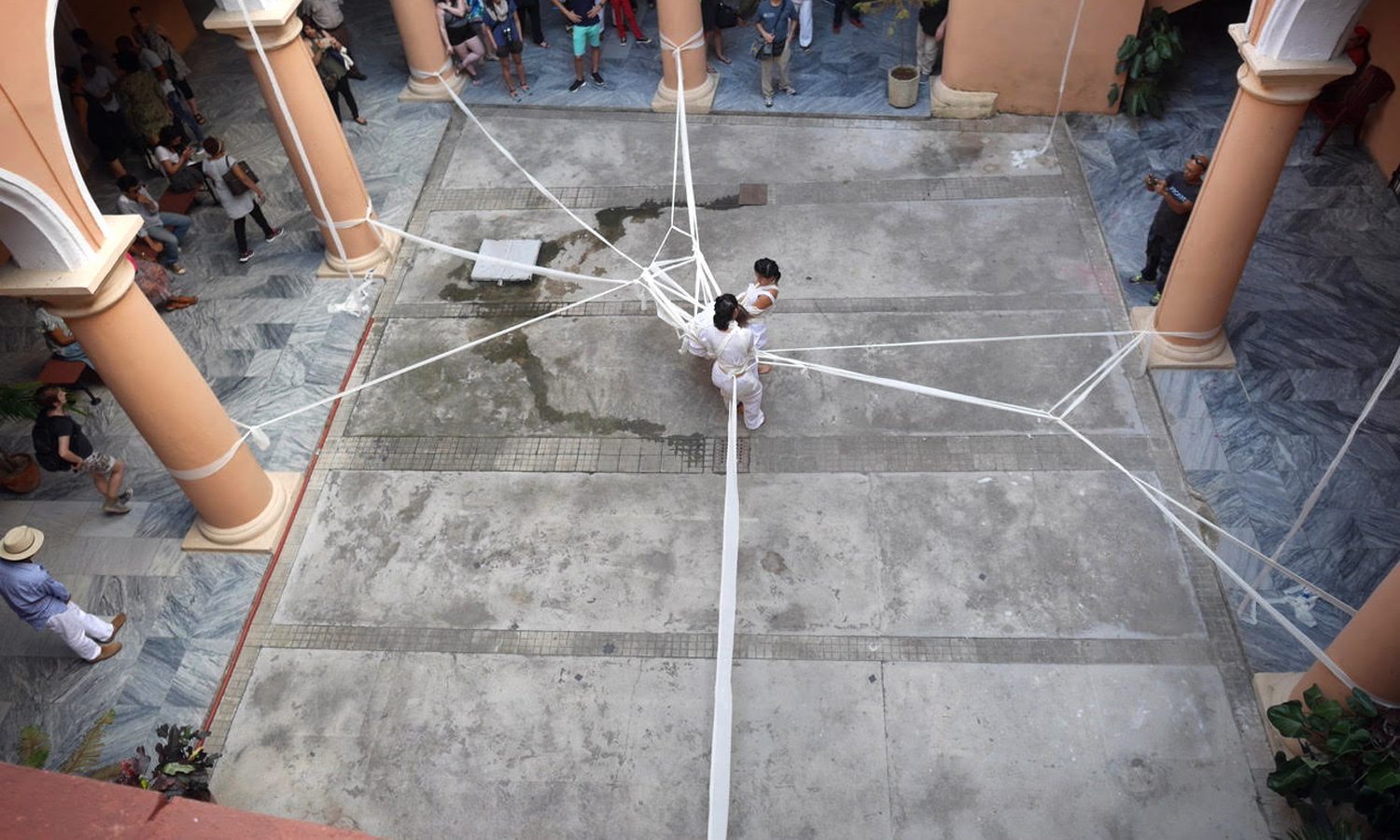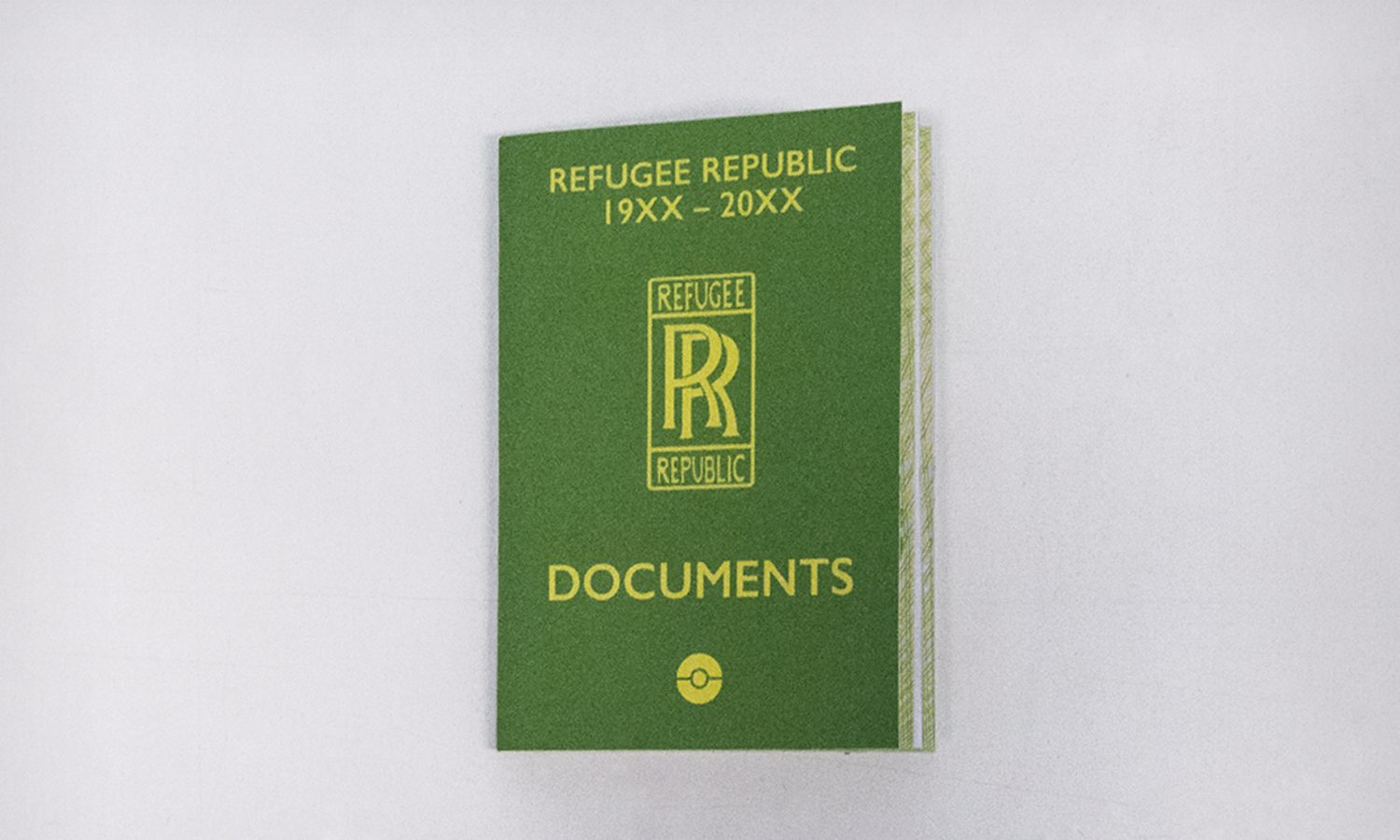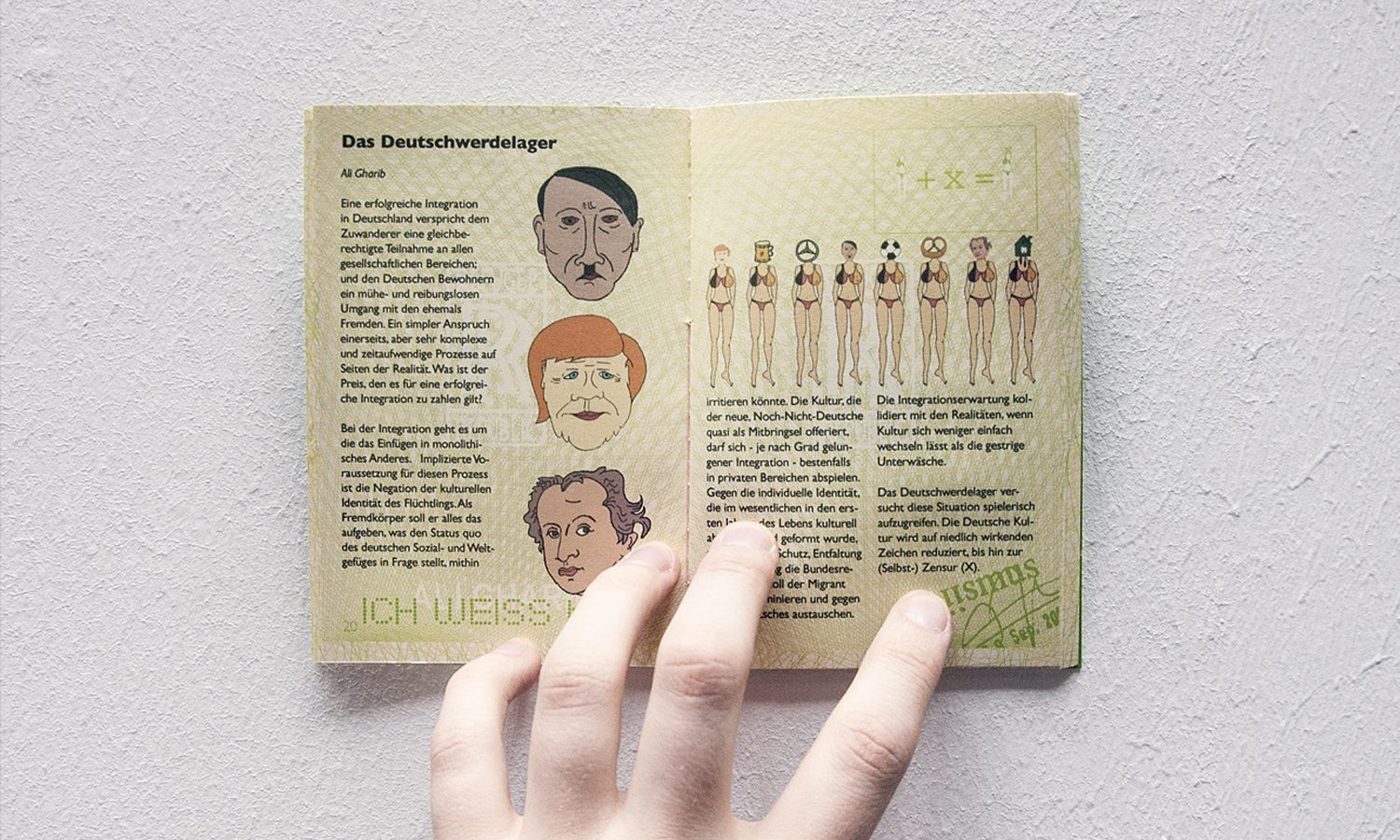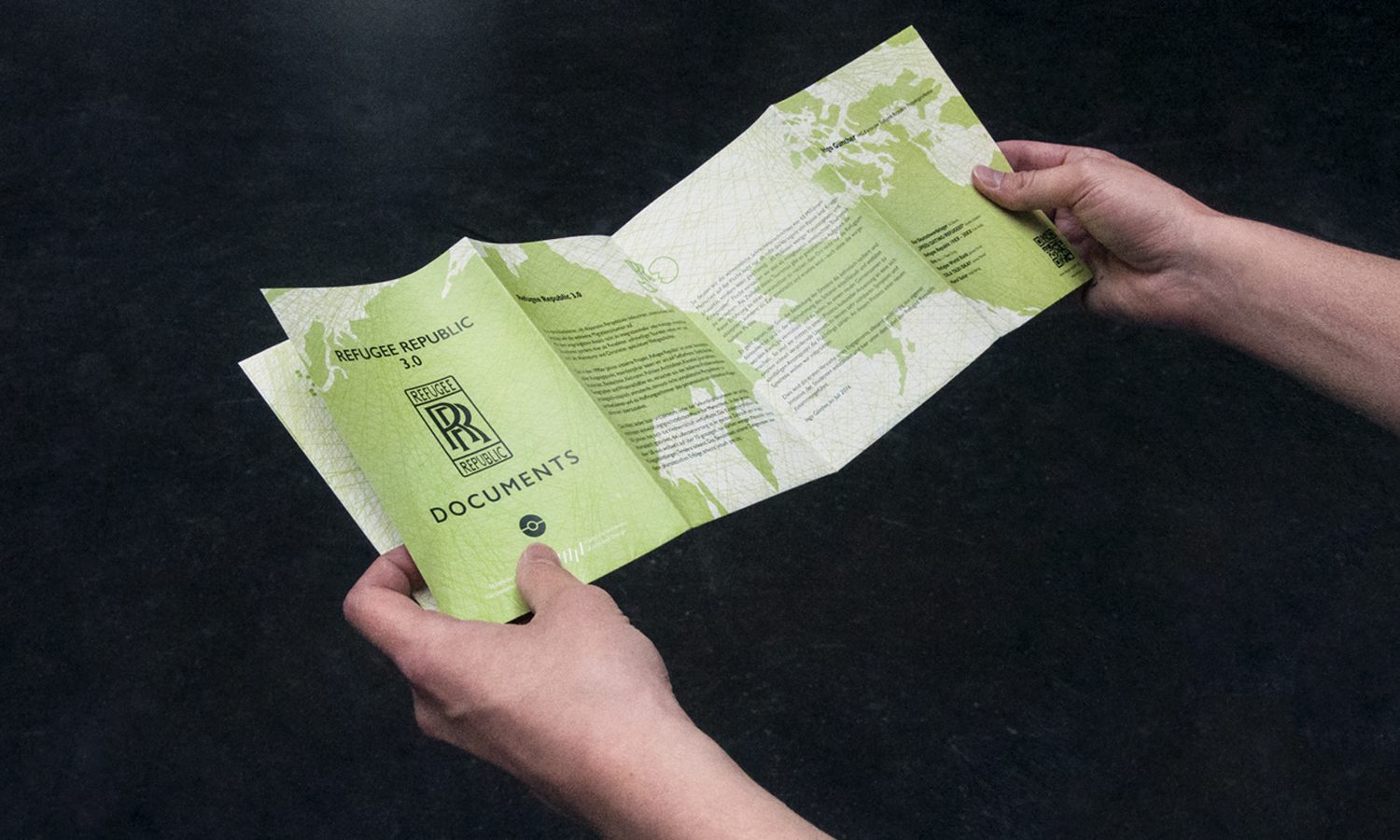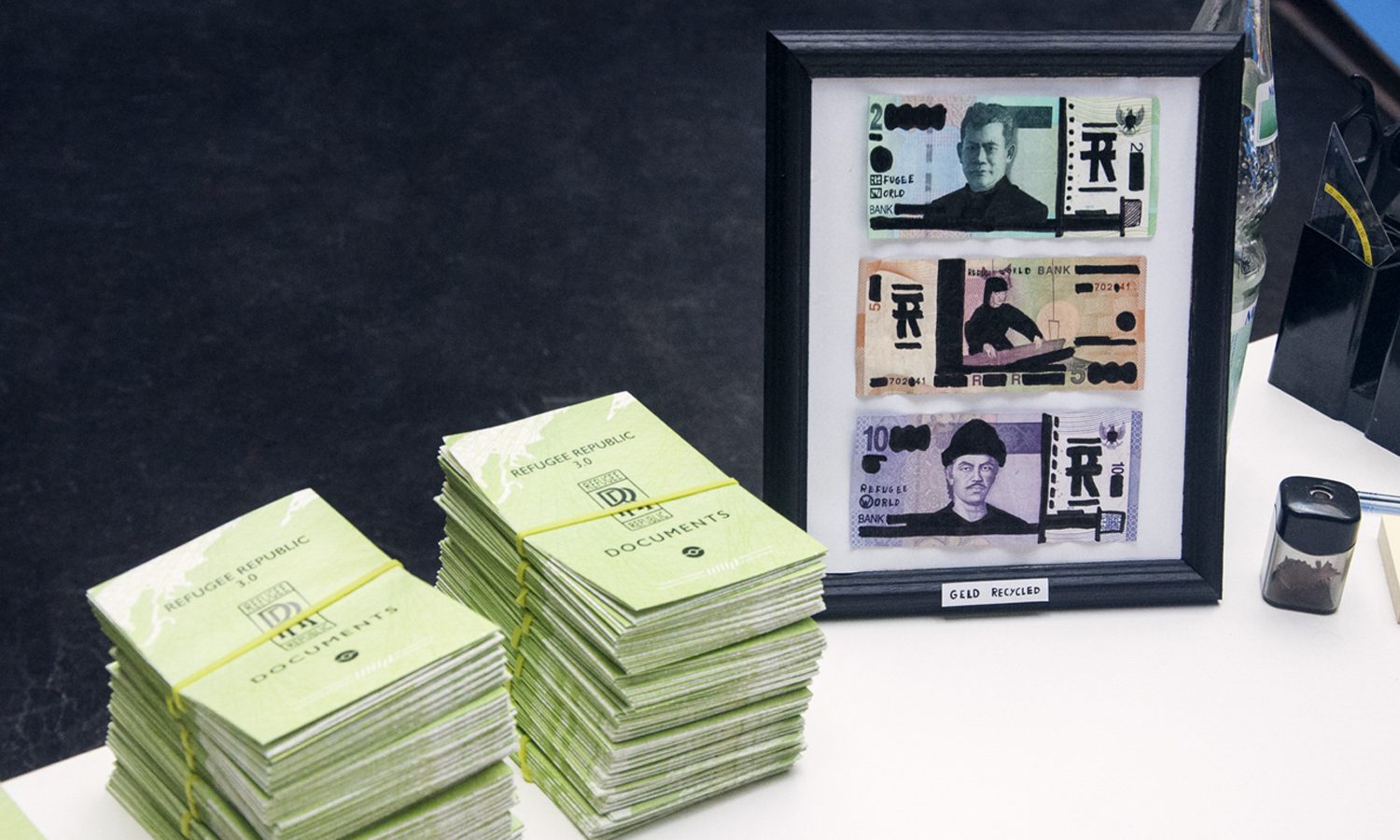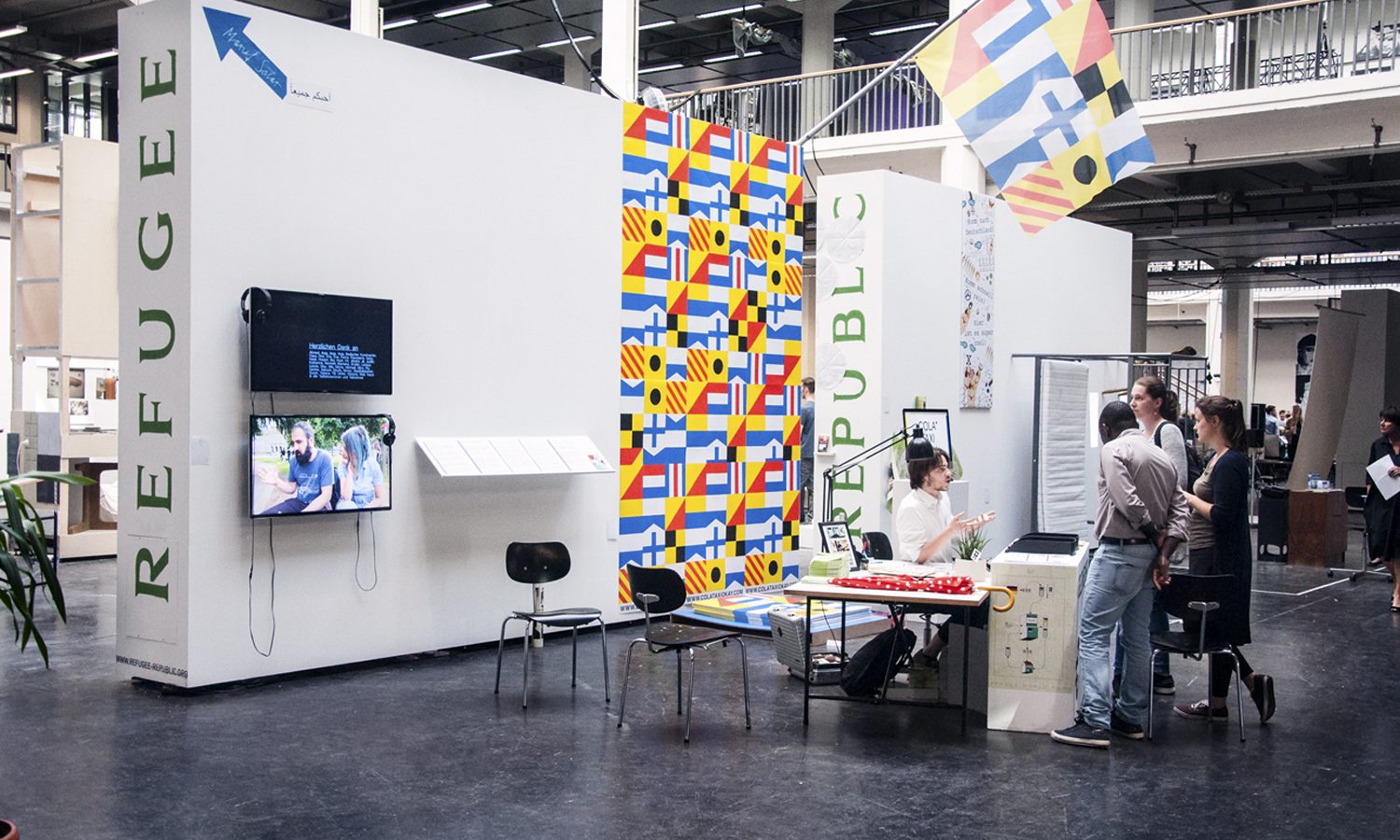Die Farbenfreude und das angenehm tropische Klima übertrafen all unsere Erwartungen. Was außerdem sofort ins Auge fiel, ist die Offenheit und die ethnische Diversität der Bevölkerung. Überall wird durch musikalische und tänzerische Unterhaltung ein positives Lebensgefühl vermittelt. Ständig wird man auf den Straßen von Kubanern angesprochen, denn als Tourist ist man die Attraktion selbst. Trotzdem fühlt man sich nicht unsicher, auch nicht nachts allein als Frau, denn überall patrouillieren Polizisten durch die Gassen Havannas.
Die Reise nach Kuba fühlte sich an wie eine Reise in die Vergangenheit. Durch das Handelsembargo der USA ist das Warenangebot dort extrem limitiert. In manchen Bereichen kommt es einem deshalb noch so vor, als lebe man in den Fünfziger Jahren. Der sich einsetzende Wandel ist allerdings schon jetzt sehr bemerkbar und das Land verändert sich schnell. Die großen westlichen Marken drängen langsam auf den kubanischen Markt.
Die Insel selbst ist ein karibisches Paradies wie es im Buche steht: Kristallklares Meer, schneeweiße Sandstrände, Kokospalmen.
Das Wifredo Lam Museum in Havannas Altstadt gehört mit zu den weltweit bekannteren Kubas. Nicht nur Ikonen wie Louise Bourgeois durften hier schon ausstellen, auch die Biennale Kubas findet hier statt. Zur Eröffnung der Ausstellung “Lost” von Michael Bielicky und Camila Richter präsentierten wir unsere Performance “Einwerk” im Atrium des Museums.
Einheitlich in weiß gekleidet, verflochteten wir uns mit ebenfalls weißen Stoffbahnen zwischen den Säulen des Lichthofes bis zur kompletten Unbeweglichkeit – gefangen im eigenen Netz. Die vorher im Raum platzierten Scheren, ließen den Zuschauern die Möglichkeit, in die Performance einzugreifen und uns zu befreien oder uns stattdessen in eingeschnürtem Zustand verharren zu lassen. Nach einer Stunde entschied sich ein kubanischer Besucher dazu, uns aus der Körperskulptur aufzulösen. Danach entknoteten wir das restliche Netz und verließen den Platz wortlos, so wie wir gekommen waren.
Ob dies nun eine Anlehnung an die stille Rebellion der Women in White Kubas war, ein symbolischer Akt für die unerbittliche Isolierung des Landes oder den Uniformitätsdrang, der immer noch in Kuba spürbar ist, blieb dem Betrachter selbst überlassen. Die Farbe als Symbol und die eigene Verspinnung bis in die Bewegungslosigkeit, sowie unser einheitliches Auftreten waren unsere konzeptuellen Kernpunkte.
About Aliens and Goddesses,
Bandages and Bondages
I see a video of a performance in an inner courtyard, which is surrounded by arcades of salmon
pink columns. Inside the open corridor viewers stand and watch three performing women.
I see a video not only changing the perspectives, but also the objects: The eye of the camera
smoothly turns to the viewers who are standing around the site of the happening. It gets very close
to some faces before wandering back, behind the columns, again focusing on the performers.
I see three women, whose performance radiates calmness and certainty. Their noble way of
movement reminds me of ancient greek goddesses. They are clothed in loosely falling jumpsuits
whose pure white mixes up with the slightly yellowish of bandages that are being wrapped around
their bodies and knotted between performers and columns. The women move through the yard,
busy linking living material to lifeless stone, combining moving body to the static monuments of
ancient generations. Their calm, mighty and certain aura indicates a master plan of their
movements.
Like a spider´s web the net in the courtyard is growing and interconnecting the performer loosely.
But unlike spiders, those humans are not able to walk on their strings. Although they still seem to
know what they are doing, the superior position of the spider building a web to catch some food
turns in reverse: The bandages mark the walked paths of the women but become tighter and even
limiting with every lashed knot until they become bondages.
For me, not inaugurated into their plan, the knotting-episode of the performance evoked the feeling
of exclusion and curiosity that I find also in the expression of the filmed viewers of the
performance: Their hesitating smile speaks of an interest while not being able to access the
situation. The observers are divided spatially from the happening (their place is inside of an open
corridor, which is divided by arcades from the courtyard that functions as a stage) and by a
knowledge gap opening up between performers and viewers.
The goddess-like figures appear on first sight as aliens because of the intranspareny of their
insterests. But thanks to the fore- and background flattening video, an interesting inversion takes
place: For me actually the bright clothed people surrounding the place of the event appear as
aliens, as they do not fit into these holy halls of the illustrious building and obviously are subjected
to the place, duration and content of the performance.
After a radical cut I see the scene from above, where the three women are now lying tightly bound
together on the floor. The three bodies are bound together, completely interwoven. They are
positioned in a mixture between sitting and lying. They lean back, their necks and backs under
massive tension, their faces eager to maintain the calm expression of the whole performance.
Now it appears as if they are randomly thrown there, remaining crystallized in their last movement.
They are looking in different directions, as if they have nothing to do with each other and would
rather be at a different place. This bunch´s intimacy is not passionate but kind of distanced.
The mixture of cruelty and tenderness that manifests in this human real-time sculpture cumulates
in the moment of their dissolution: When the artists find themselves in a community that gets closer
until they are too intimate to move, a man in checkered shirt is entering the scene with a pair of
scissors. He starts cutting the strings that hold the bodies tight. Seeing the three women lying
interwoven on the floor, it feels as if he cuts into one body. Although it might be a release to the
performer´s muscles, it feels like an act of cruelty. The sudden cut demolishes the long-term built
multidimensional sculpture of bodies, evoking an unexpected pain inside me.
I may suggest that this performance is about the boon and bane of community, of a blessing
through knowledge and an inauguration by rituals that perform certainty.
It is about the relief of being included, but also about narrowing bonds for the sake of intimacy.
It is about looking up to goddesses and staring at aliens and not knowing which side you are on.
| Verfasserin: Jandra Böttger |
